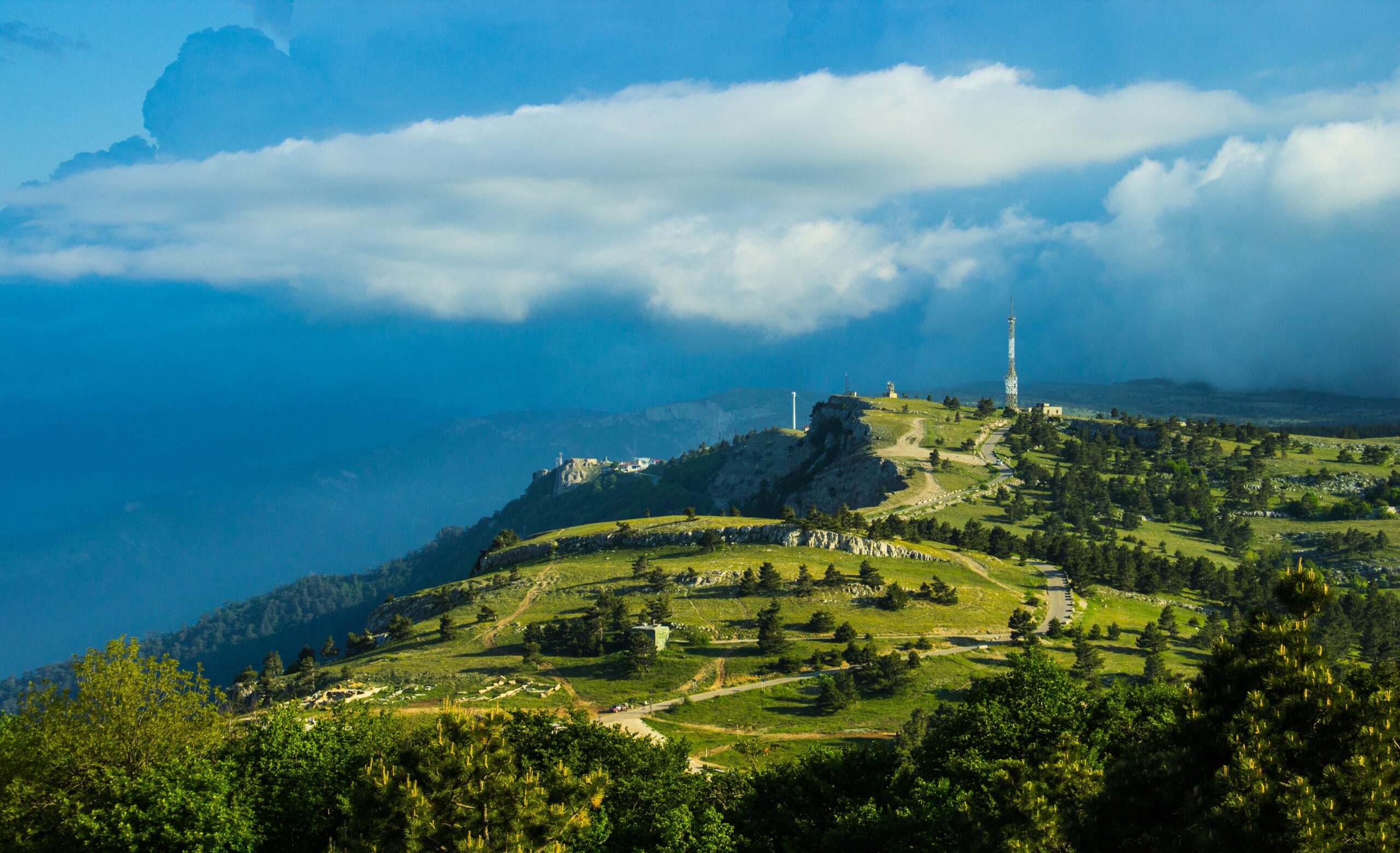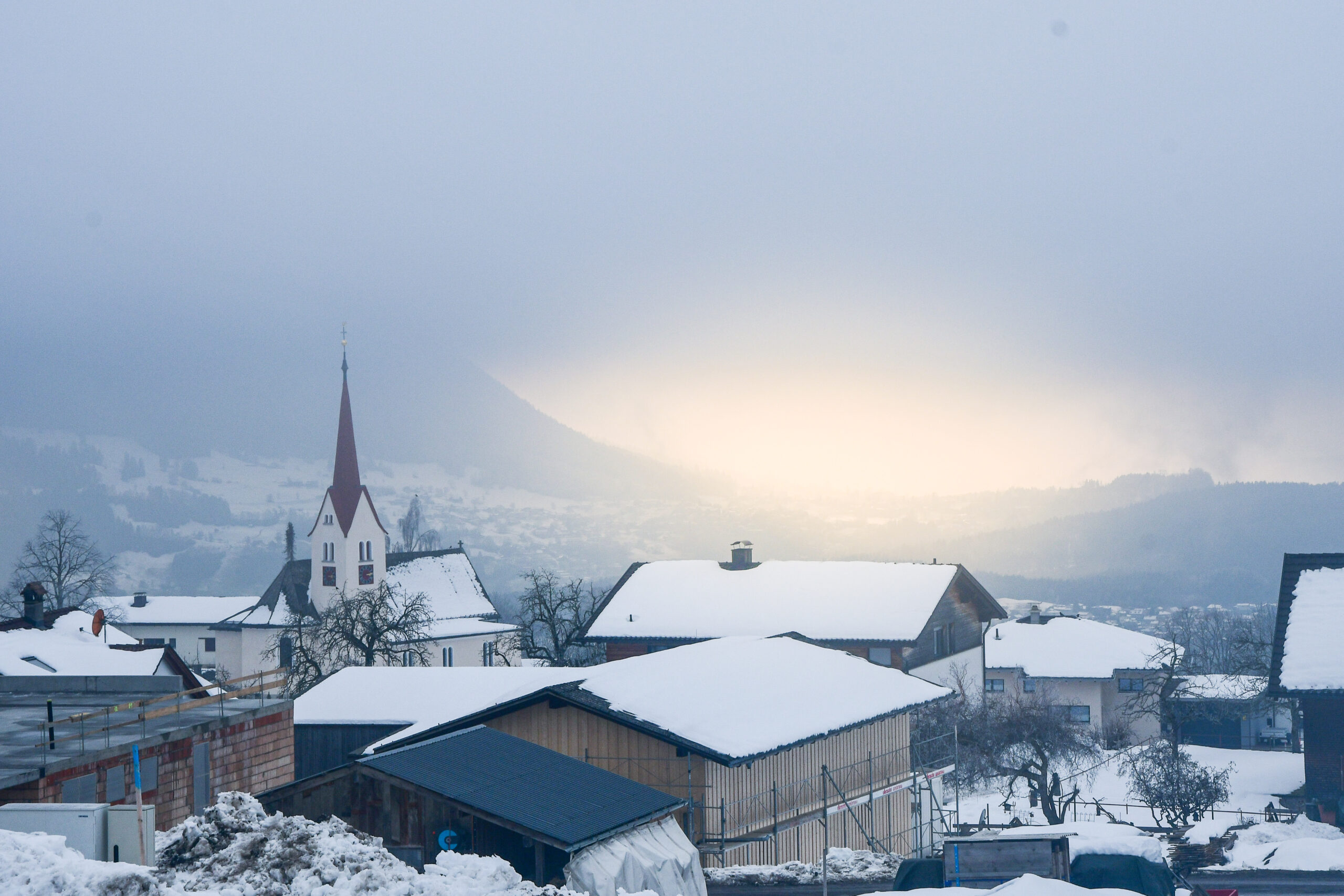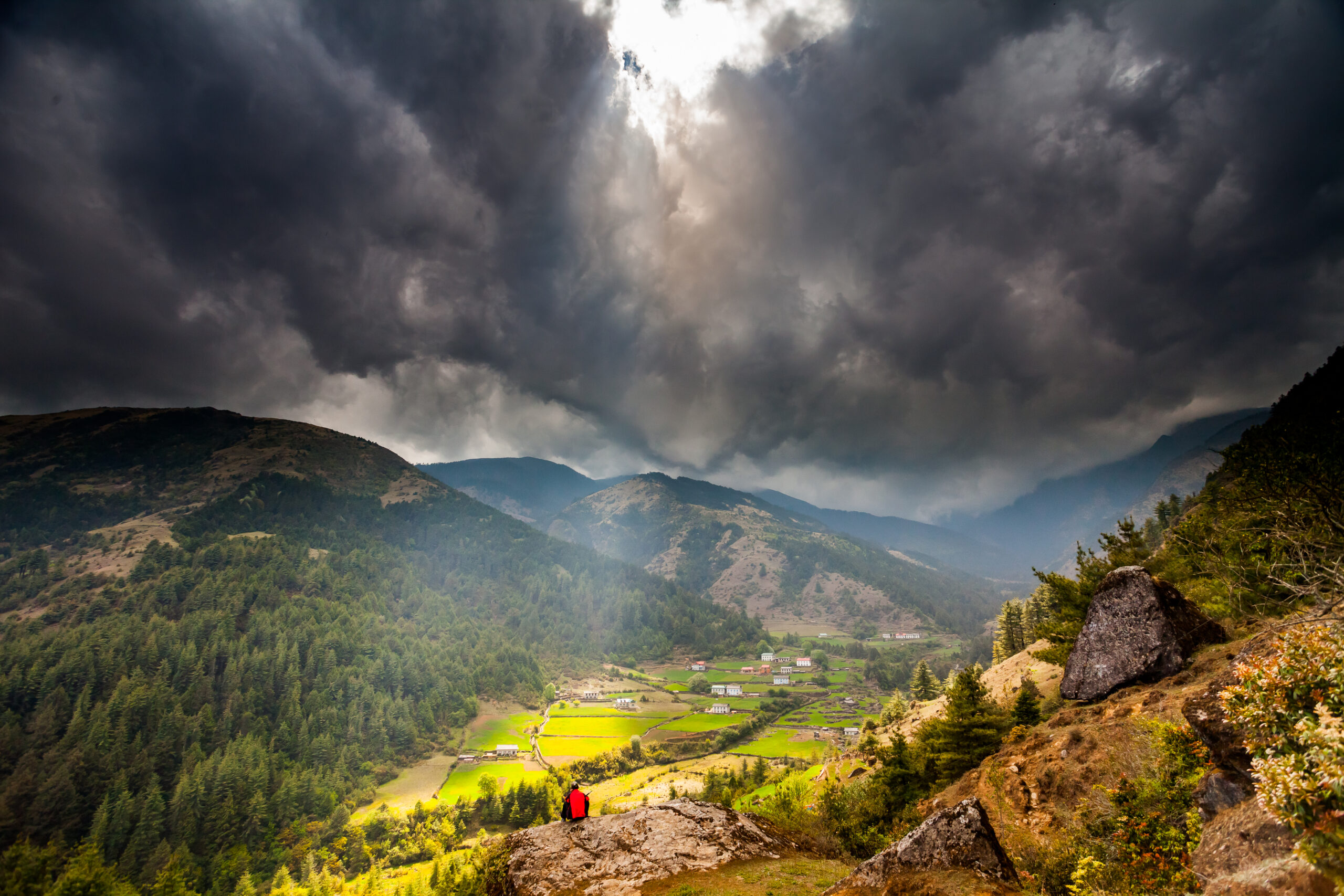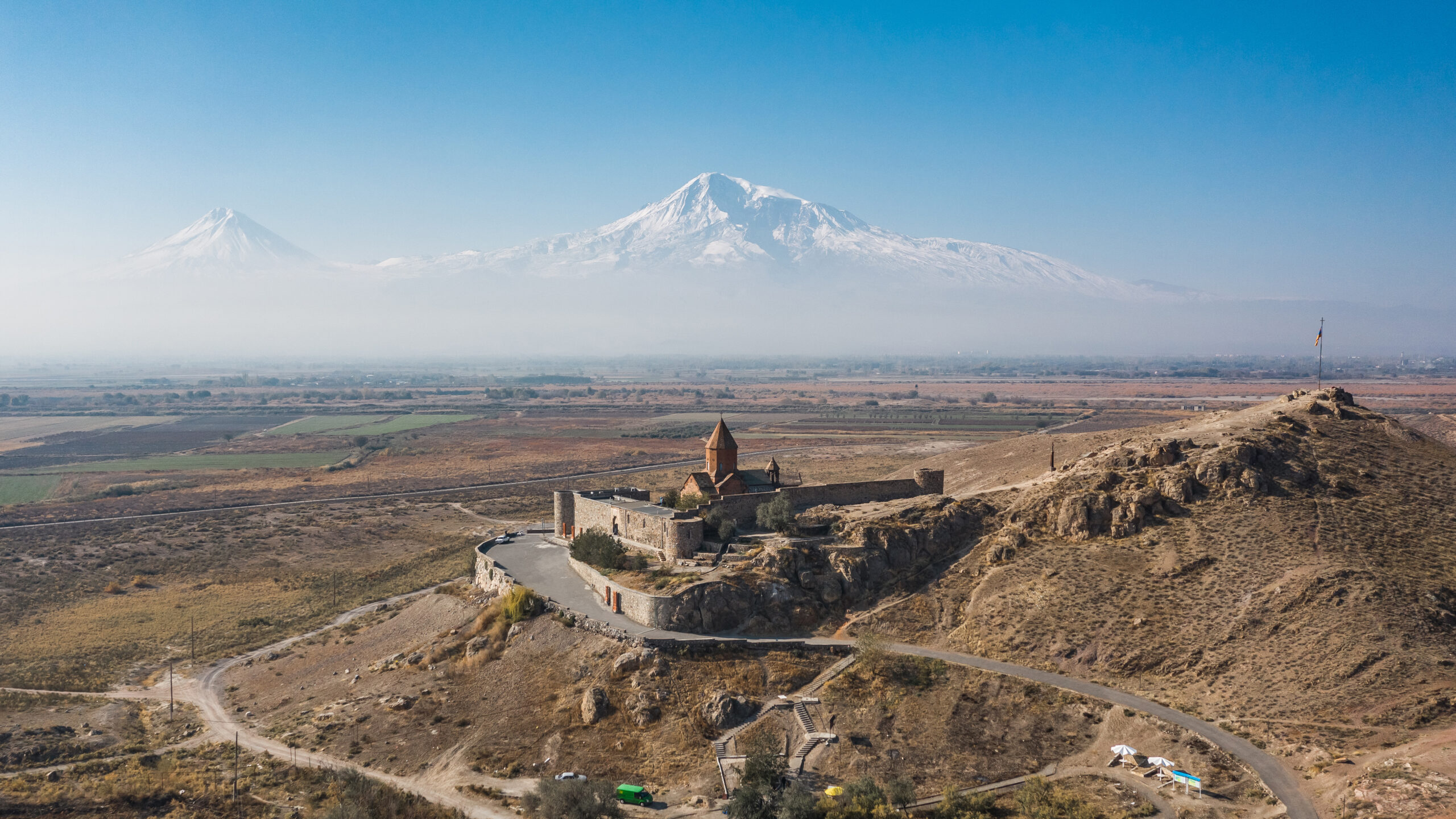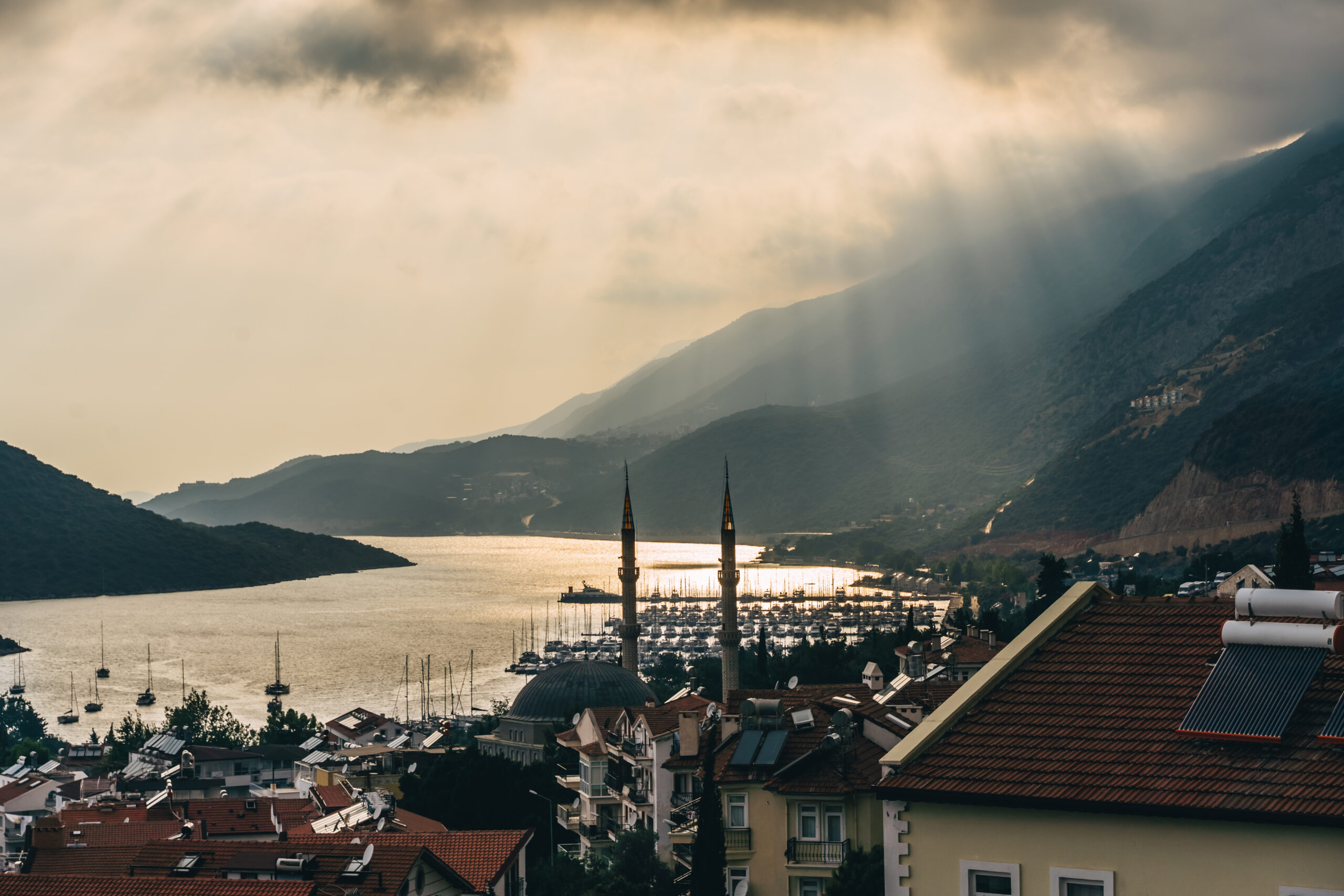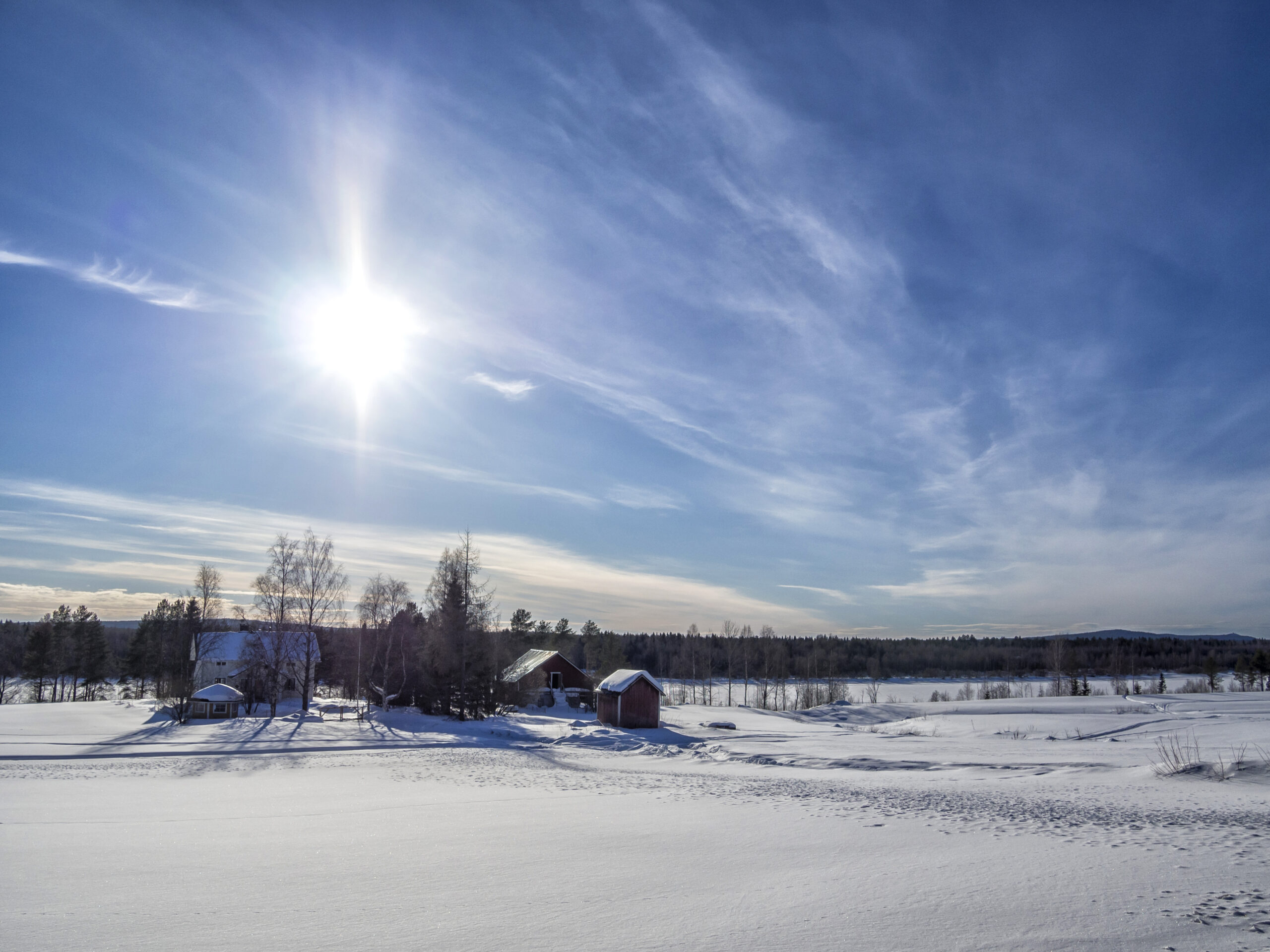Latest posts by MRPM Woodman (see all)
- Aries ♈ - November 25, 2025
- Template - November 13, 2025
- Albania Weather Report Free updated Hourly 2025 - September 23, 2025

Paul (Poison Fish) Manjyu Woodman
Montenegro Weather Report Free updated Hourly 2025
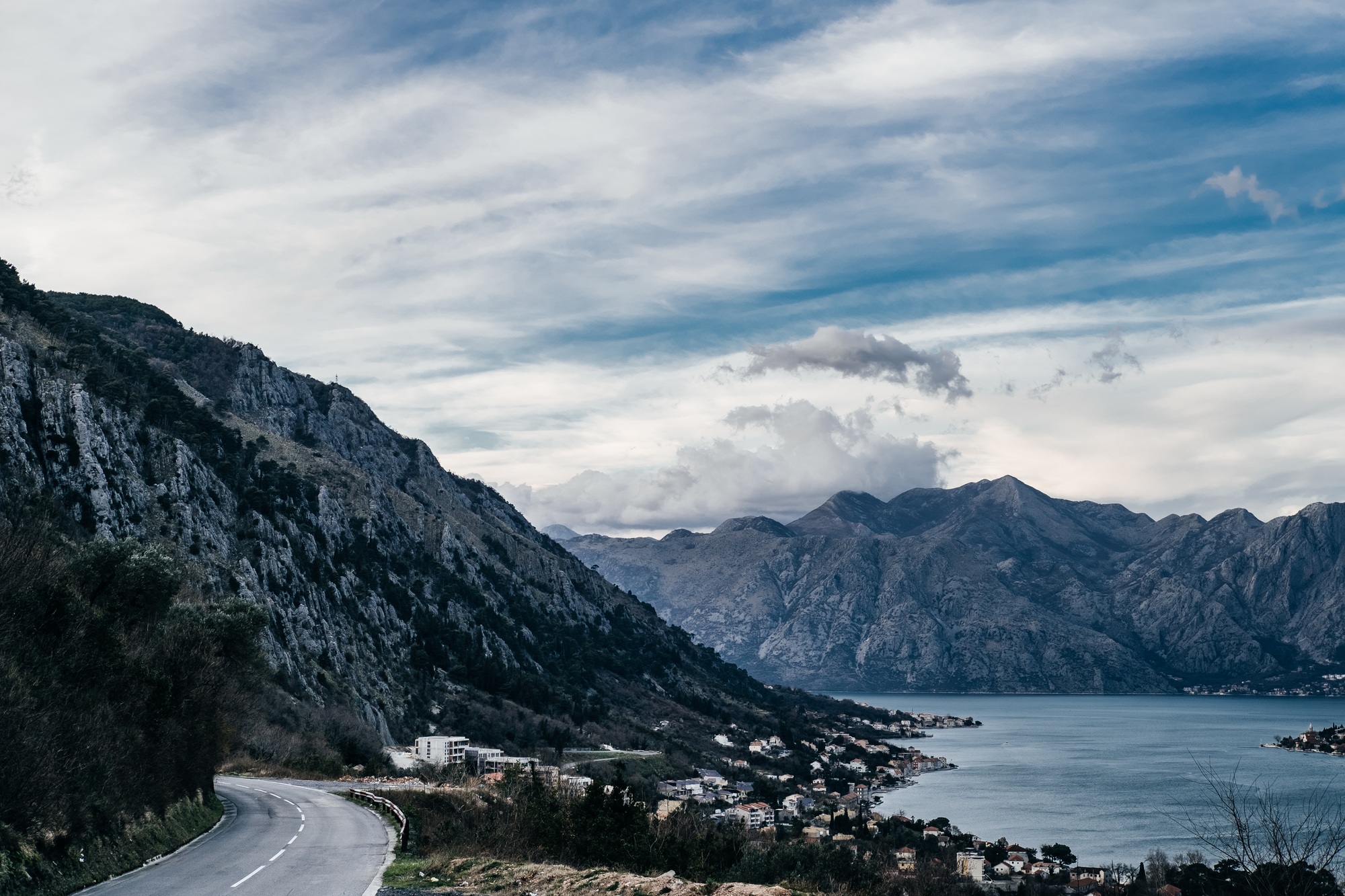
Europe Weather
🇲🇪 Montenegro Weather Report – Month-by-Month Overview
❄️ January
Cold and damp. Coastal areas like Kotor and Budva see temperatures from 4°C to 11°C with frequent rain. Inland and mountainous regions drop to −5°C and receive regular snowfall.
🌨️ February
Still wintry. Coastal highs reach 12°C, while inland areas remain cold with snow. Rain is common along the Adriatic, and foggy mornings occur in valleys.
🌱 March
Spring begins. Temperatures rise to 8–15°C. Rainfall continues but sunshine increases. Snow melts in the mountains, and greenery starts to spread across the countryside.
🌸 April
Milder and brighter. Highs reach 14–20°C. Rain showers alternate with sunny spells. Blossoms appear in parks and vineyards, and hiking trails reopen.
🌼 May
Pleasant and vibrant. Temperatures climb to 18–25°C. Rainfall decreases, and long sunny days return. Ideal for coastal travel and exploring national parks.
☀️ June
Start of summer. Highs range from 24–30°C. Rain is rare, and the Adriatic coast becomes warm and breezy. Inland areas are dry and comfortable.
🔥 July
Hot and dry. Temperatures reach 30–35°C, especially inland. Coastal towns are lively, and the sea is perfect for swimming. Rainfall is minimal.
🏖️ August
Still hot. Highs remain between 29–34°C. Occasional summer storms inland. Beaches are crowded, and tourism peaks across the country.
🍂 September
Transition to autumn. Temperatures ease to 22–28°C. Rain returns gradually. The coast remains warm, while inland areas begin to cool.
🌦️ October
Cooler and wetter. Highs drop to 16–22°C. Rainfall increases, especially in the north. Autumn colors appear in forests and mountain slopes.
🌫️ November
Wet and chilly. Highs hover around 10–16°C, with lows near 5°C. Rain dominates, and snow may begin in higher elevations. Days grow shorter.
🎄 December
Winter returns. Temperatures range from −2°C in the mountains to 12°C along the coast. Snowfall resumes inland, while coastal areas see cold rain and festive lights.
